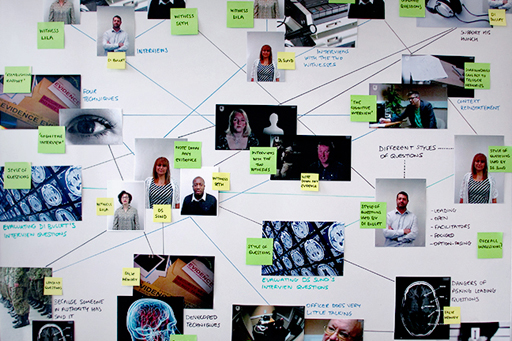5 Summary of Week 4

This week you have looked at how interviewing style affects what is recalled by an eyewitness and also how reliable the evidence obtained will be.
One of the most important points is that we should not expect eyewitnesses to provide a coherent, detailed and unchanging account of what happened. Instead, the way our memories work means that a more complex picture will emerge, and one that may well change over time.
Although using a questioning style that tries to overcome the rather messy way in which we remember events might seem an attractive method, particularly as it might produce a more coherent story that can be used more effectively if the case comes to trial, such questions inevitably introduce inaccuracies. Moreover, it is likely that the views and preconceptions of the interviewing detective will bias the memory of the witness and lead to them reporting post-event information rather than information they remember from the crime itself.
Using techniques such as the cognitive interview, which are based on an understanding of how human memory works, can be time consuming, but are a much more effective way of obtaining an unbiased account of what took place.
One of the most important types of evidence that an eyewitness can provide, is identification evidence – obtained by showing the witness a series of similar looking faces and seeing if they can identify the perpetrator of the crime. In Week 1 you saw that eyewitness misidentification is the leading cause of wrongful convictions, so it is clear that identifying the perpetrator is far from straight forward.
Next week we will look at the psychology of face recognition and the mental processes responsible for identification. We will explore how technology is being developed to help obtain visual evidence, hear from a woman who is unable to recognise faces and you will also be given a chance to test your own face recognition abilities.
You are now half way through the course. The Open University would really appreciate your feedback and suggestions for future improvement in our optional end-of-course survey [Tip: hold Ctrl and click a link to open it in a new tab. (Hide tip)] , which you will also have an opportunity to complete at the end of Week 8. Participation will be completely confidential and we will not pass on your details to others.
You can now got to Week 5.
